If the Prolog system has callable_property/2 and sys_rule/3, then one can code
a smart "unify" port as follows, showing most general unifiers (mgu's`):
:- op(1200, fx, ?-).
% solve(+Goal, +Assoc, +Integer, -Assoc)
solve(true, L, _, L) :- !.
solve((A, B), L, P, R) :- !, solve(A, L, P, H), solve(B, H, P, R).
solve(H, L, P, R) :- functor(H, F, A), sys_rule(F/A, J, B),
callable_property(J, sys_variable_names(N)),
number_codes(P, U), atom_codes(V, [0'_|U]), shift(N, V, W),
append(L, W, M), H = J, reverse(M, Z), triage(M, Z, I, K),
offset(P), write_term(I, [variable_names(Z)]), nl,
O is P+1, solve(B, K, O, R).
% triage(+Assoc, +Assoc, -Assoc, -Assoc)
triage([V=T|L], M, R, [V=T|S]) :- var(T), once((member(W=U, M), U==T)), W==V, !,
triage(L, M, R, S).
triage([V=T|L], M, [V=T|R], S) :-
triage(L, M, R, S).
triage([], _, [], []).
% shift(+Assoc, +Atom, -Assoc)
shift([V=T|L], N, [W=T|R]) :-
atom_concat(V, N, W),
shift(L, N, R).
shift([], _, []).
% offset(+Integer)
offset(1) :- !.
offset(N) :- write('\t'), M is N-1, offset(M).
% ?- Goal
(?- G) :-
callable_property(G, sys_variable_names(N)),
shift(N, '_0', M),
solve(G, M, 1, _).
Its not necessary to modify mgu's retrospectively, since a solution to a
Prolog query is the sequential composition of mgu's. Here is an example run:
?- ?- jealous(A,B).
[A_0 = X_1, B_0 = Y_1]
[H_1 = mia, X_1 = vincent]
[Y_1 = vincent]
A = vincent,
B = vincent ;
[Y_1 = marcellus]
A = vincent,
B = marcellus ;
Etc..
This is a preview of Jekejeke Prolog 1.5.0 the new
predicate sys_rule/3, its inspired by the new
predicate rule/2 of SWI-Prolog, but keeps the
clause/2 argument of head and body and uses a predicate
indicator.





